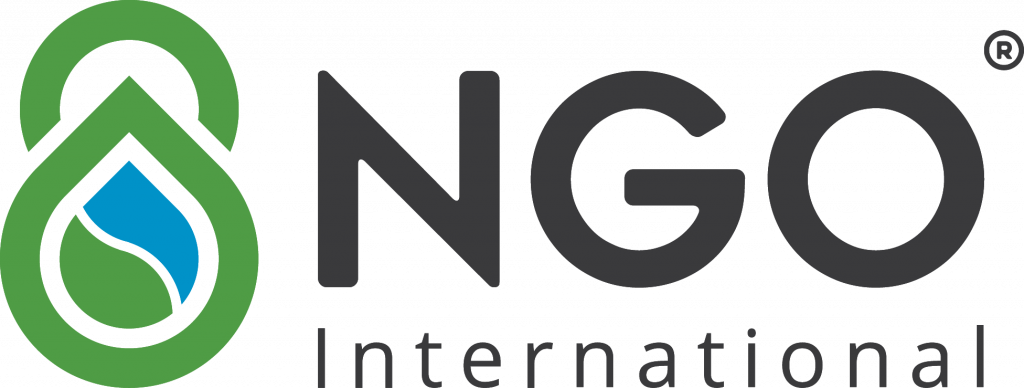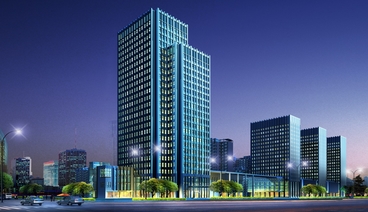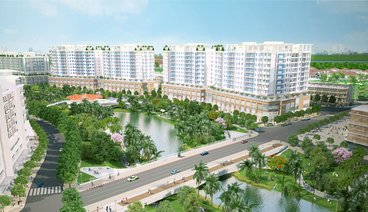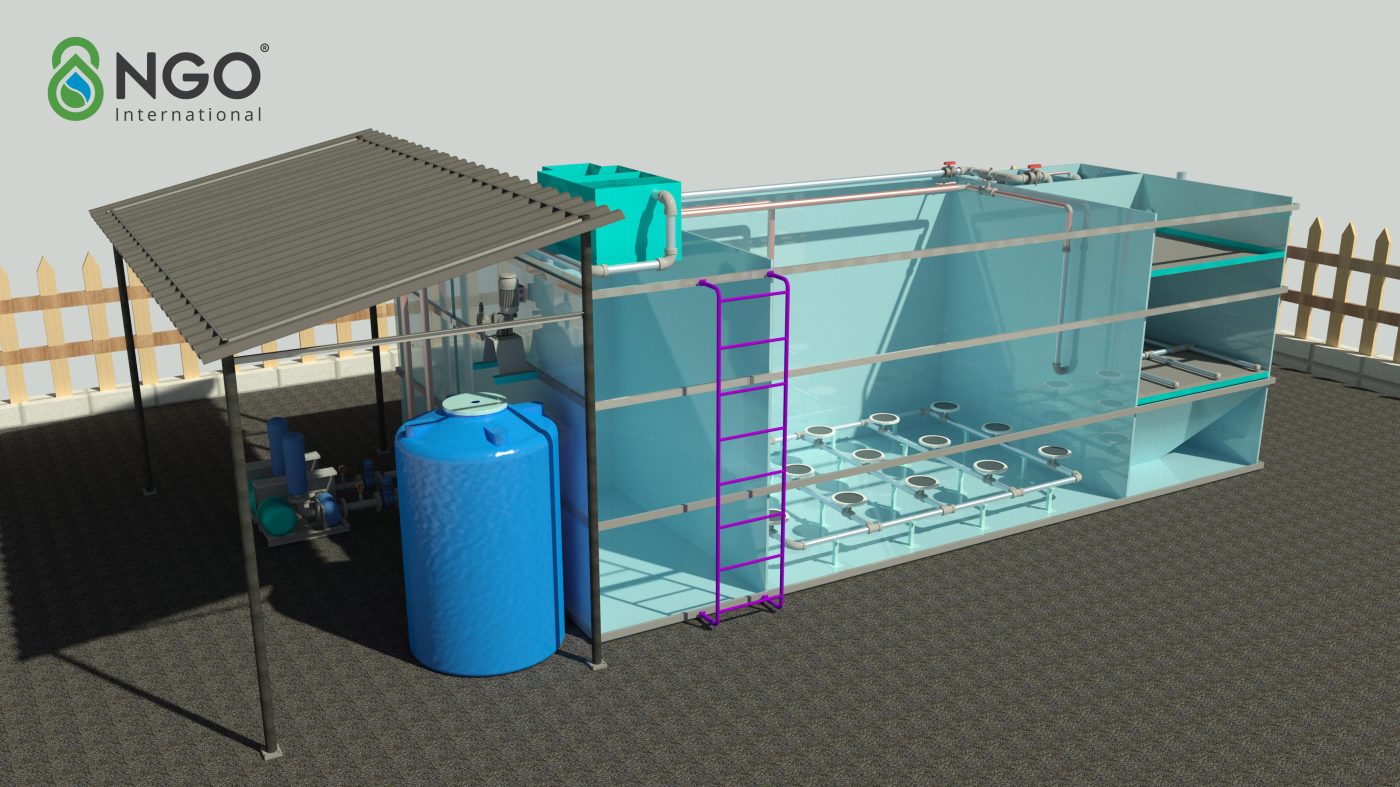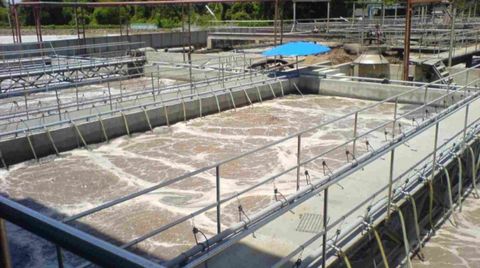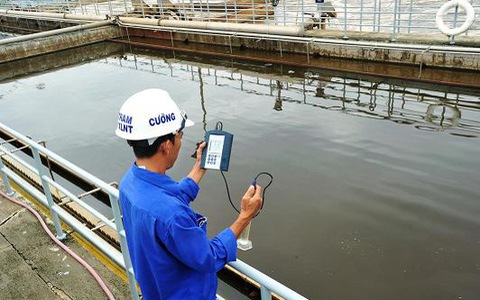NGO News – 90 percent of untreated domestic wastewater is a threat to the quality of natural water resources in Vietnam.
1. Characteristics of domestic wastewater
Domestic wastewater is generated from daily human activities such as: bathing, eating & drinking, cleaning…
Except for individual households which have not been applied any regulations on domestic wastewater treatment, all buildings, commercial centers, resorts, factories and restaurants… have to treat domestic wastewater according to QCVN 14:2008/BTNMT – National technical regulation on domestic wastewater.
According to polluted feature, domestic wastewater is divided into two types: black wastewater (from toilet and septic tank), gray wastewater (from bathing, eating and drinking activities). Black domestic wastewater has high concentrations of BOD, ammonium, pathogenic microorganisms which are the main sources of pollution in domestic wastewater.
Treatment method: Separate black and grey wastewater treatment process or collect both sources into the same collection & treatment system. In Vietnam, the second treatment method is more popular. The pollution parameters of normal domestic effluents (including all sources from bathing, eating & drinking, cleaning) are as follows:

However, at many factories and commercial centers now where grey waste water is rare (due to lack of bathing activities), the polluted concentration is often higher, especially the concentration of ammonia from black waste water. Ammonium concentration is generally higher than 100mg/l, upto 150 mg/l. At present, most of domestic wastewater treatment projects in Vietnam still face difficulties in thoroughly treating ammonia.
In many projects, the unbalanced proportion of COD/BOD and BOD/NH3N in wastewater causes difficulty for microorganisms development to treat pollutants. Specially in Vietnam, most of projects have already built their own traditional septic tank and microbial reactions at septic tank decrease COD concentration which can create obstacle for maintaining high microorganisms concentration in the next treatment tanks.
Wastewater treatment process & Wastewater treatment technology:
Due to the fact that the BOD/COD level of domestic waste water specification is normally two-time higher, therefore it can be efficiently treated by microorganisms. This is also considered as the most popular and cheapest treatment method at present. Physico-chemical treatment methods may be added depending on the solution of each supplier and used technology.
The waste water treatment method by microorganism is usually applied based on conventional technology or membrane technology, in which traditional solution providers in Vietnam still occupy great number because of simple solution, depending mainly on microbiology and construction area. However, the quality of after-treatment water is ofter unstable if the footprint area is small and the construction investment cost are high. To find out more about each treatment technology, please refer to website: http://ngoenvironment.com/vn/technology.html
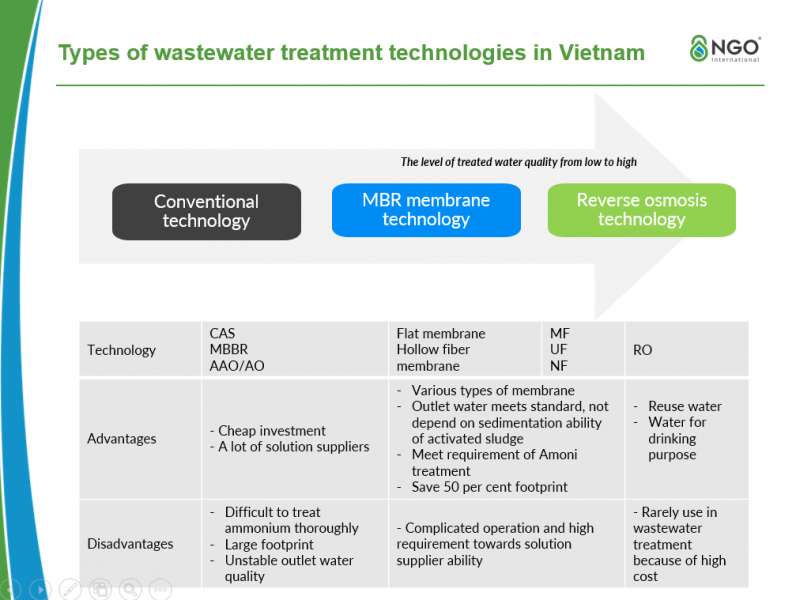
Components of a typical domestic wastewater treatment plant / system
Components of a typical domestic wastewater treatment plant / system
- Collection system: collect wastewater from different discharge sources to one collection tank.
- Pretreatment system: usually use coarse screening or fat removal.
- Microbiological treatment system: These may include anaerobic, anoxic or aerobic treatment tank.
- It may include sedimentation tank, sludge collection tank, sterilization tank.
- Control system and operation system.
- Sludge filter press: used for projects with large discharge capacity.
A system/plant that includes all of the above components does not mean that it is an effective wastewater treatment system. The design specifications, the proper installation of the equipment, the standard operation of every technology will determine the treatment quality of the system, depending on the knowledge and experience of each solution provider. In addition, the operation cost of entire system to produce 1 m3 of clean water from wastewater is also an important criterion for evaluating the system quality.
***Vui lòng đọc kỹ yêu cầu về Điều khoản sử dụng – Bản quyền trước khi sao chép hoặc trích dẫn nội dung và hình ảnh của website.
Trang web này thuộc bản quyền của Công ty TNHH Quốc tế NGO (NGO International). Bất kỳ hình thức sử dụng hoặc sao chép một phần hoặc toàn bộ nội dung dưới mọi hình thức đều bị nghiêm cấm, trừ trường hợp được sự cho phép rõ ràng bằng văn bản từ Chúng tôi.
Nguồn: NGO

 Tiếng Việt
Tiếng Việt